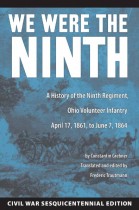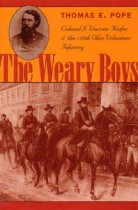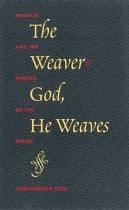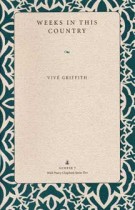We Were the Ninth
Constantin Grebner | Filed under: Civil War Era, Military History
We Were The Ninth is a translation, carefully edited and thoroughly annotated, of an important Civil War regiment. The Ninth Ohio—composed of Ohio Germans mostly from Cincinnati—saw action at Rich Mountain and Carnifex Ferry in West Virginia, Shiloh, Corinth, Perryville, Hoover’s Gap, Nashville, Chattanooga, and Chickamauga.










